Today, I’m excited to share an amazing case—In just 7 years, they’ve achieved $3.5M in sales and are now ranked in the top 0.5% of 2.2 million Shopify stores. First, let’s see some key stats:
- Revenue: $1M in 2020, $1.2M in 2021
- Customers: 35,000+
- Repurchase Rate: 51%
- Profit Margin: 50%
- Pre-order Lead Time: 6-12 weeks
- Firm Size: Family-owned business
To get the business idea off the ground, the couple invested a lot personally, even sacrificing their four-bedroom townhouse to live in a 630-square-foot apartment.
It’s a really inspiring case. You can learn how they chose products, launched their business, raised funds, managed marketing, and overcame major challenges. You can really feel how challenging it is to build a successful business—it takes unwavering belief, courage, passion, adaptability, resilience, and determination to push through until the very end.
Now, let me walk you through this story in the first person.
- Who are we?
- When did our product idea start?
- What’s the biggest pain point we solve for the LGBTQ audience?
- How to find manufacturers? What product to start? Difficult?
- How did we raise startup funds?
- How to expand the product range? All at once or one by one?
- How do my wife and I divide the work?
- What was the biggest challenge? And my advice for startups?
Who are we?
We’re Vicky and Charisse Pasche, a lesbian couple and also business partners. We’re also proud parents of 5-year-old twins, Reese and Tory. During our journey to parenthood, we chose intrauterine insemination (IUI) multiple times to conceive.
When did our product idea start?
Before starting Dapper Boi, I was engaged in casino marketing, responsible for getting people to sign up for membership cards, rewards, and loyalty programs. During that time, I had to wear suits every day, but most of them were ill-fitting men’s suits. This experience gradually sparked the idea for Dapper Boi.
What’s the biggest pain point we solve for the LGBTQ audience?
I told Advocate, “It’s about more than just women like me—it’s also for men with curves and people uncomfortable shopping in their assigned gender department. We’re challenging the outdated idea that women must shop here and men must shop there. The truth is, many of us don’t fit into those binary categories.”
In 2015, I admitted, “It really started selfishly, for personal reasons. Shopping in the men’s department wasn’t an enjoyable experience socially, and I realized that the fit wasn’t right either. The menswear options rarely fit my body properly, and Charisse also got tired of the ‘sideways looks’ received in both the men’s and women’s departments.”
How to find manufacturers? What product did we start with? Difficult?
Starting in 2012, we began looking for a pattern maker to create suits, but most people weren’t interested. By 2013, we were trying to figure out what kind of clothes we wanted to make, but we had no idea where to start. I didn’t even have a fashion background, yet I was sketching designs. By 2014, just before my wife and I got married, we decided to start with jeans.
We spent months calling manufacturers, only to be hung up on by many. They’d often ask, “Do you know what you’re doing?” We’d reply, “No, not really. We just have an idea and need the right person to help us.”
Jing: This is a common issue when communicating with suppliers. If you don’t have a clear idea of what you want to customize or purchase, suppliers might not be able to help or might see you as unreliable. They prefer buyers with steady business and big orders.
In the fall of 2014, a manufacturer finally called us back. They liked our idea. At that time, we took a very simple approach—we just combined the best features of our favorite women’s and men’s jeans. Luckily, the manufacturer had great pattern-making experience. We went through five or six samples, each taking a long time, especially since they were handling other orders too. Finally, in early 2015, we received a satisfactory sample, suitable for androgynous women.
Jing: This is also the approach most of our clients take—improving or combining existing products. Start by imitating, then optimize. It’s low-cost and more likely to succeed.
How did we raise startup funds?
Run a crowdfunding campaign
At that time, we had no capital, so Kickstarter was our only option. We launched a 30-day campaign intending to raise $18k. We used some highly creative marketing and emotion-triggering content to showcase the issues with jeans and highlight the significant differences in fit and functionality between men’s and women’s jeans. In the end, we raised $26k.
The success on Kickstarter gave us a huge boost of confidence. The funds were just enough to complete our first production run, which was a pleasant surprise. The first batch sold out quickly, but then we were out of funds again.
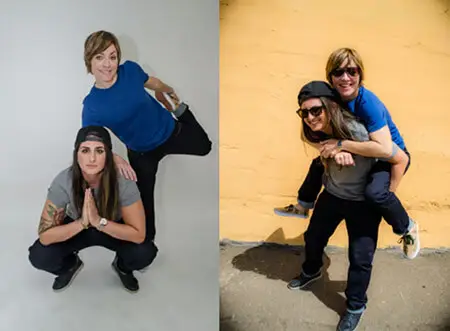
Take pre-orders
We went to the bank, but since we were still in the early startup stage, they wouldn’t approve our loan. So, we decided to bring the pre-order model to our website, similar to Kickstarter. By offering limited releases, we created a sense of “fear of missing out” that kept customers coming back to buy.
One downside was that customers had to wait 6 to 12 weeks to receive their products. With people used to Amazon Prime’s quick delivery, this was challenging. To make it worth the wait, we offered lower pre-order prices. In rare cases, if orders were too few, we could cancel production and refund customers, reducing our risk and financial pressure of stocking inventory. Our pre-order profit margin is 50%.
Open up equity crowdfunding
We launched an equity crowdfunding campaign on StartEngine and raised $284K from over 500 investors between 2019 and 2020. Most of these investors were our customers. We’re also raising funds through a Safe Note, with a few customers joining in as well.
Connect with investors
We connected with Kellyanne Winget from Alternative Wealth Partners through a mutual contact, Katherine Gray. Kellyanne had been following our journey since Kickstarter and was already a fan. She was happy to invest $250K.
In 2023, we appeared on Shark Tank, seeking a $250K investment in exchange for 5% equity. Although investors were enthusiastic about Dapper Boi’s mission and growth, no one decided to invest. Even though we didn’t secure funding, the mainstream exposure we gained from the LGBTQ+ community was invaluable. It brought crucial visibility and validation to our brand.
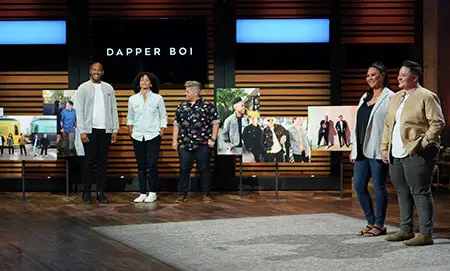
How to expand the product range? All at once or one by one?
One by one. We didn’t have the experience or funds to go all in.
Our first product was jeans. We made slim-straight jeans that not only have the look and details of men’s jeans but also offer a superior fit and comfort for a woman’s body.
Next, we developed shirts. We added hidden buttons behind the front placket to prevent gaping at the chest—something that was in high demand.
How do my wife and I divide the work?
Charisse handles social media, marketing, and operations, while I focus on fundraising.
What was the biggest challenge? And my advice for startups?
About selling the house to fund the company
In 2022, COVID-19 “killed” our manufacturing pace: stretching delivery times from 6-10 weeks to 6-7 months. We had just $60k in inventory and “about $100” on hand further dismayed the investors. Despite strong sales, allocating over 30% of our budget to marketing left us $460K in the hole. Yes, even in tough times, we kept marketing because it is a worthwhile investment to reach diverse and dispersed customer segments.
I admitted it was a wrong attempt to try to expand … but we were not ready. It was during this time that we failed on Shark Tank and had to sell our San Diego-area home, which we had bought during better times, to keep funding the company. But we lacked the confidence to admit we had fallen victim to predatory loans, which, like exploitative payday and variable-rate loans, offer short-term relief but are a bad deal in the long run.
About fundraising
I’ve recently realized that just because someone has money or fame doesn’t mean they know more than you. It’s important to stay true to yourself and your mission. If someone isn’t on the same page as you, that’s okay—find those who are. Be clear about your vision, especially when it comes to investment. Work with people who align with your goals. Yes, you need the funds, but it’s just as important that your investors share your vision.
About persistence
I’d say, be prepared for the long haul—this is a marathon, and you have to stay resilient. There will be significant highs and lows along the way, and in those low moments, you’ll learn how to pivot and truly become a leader in those times.
About the brand mission
Dapper Boi is like our third child—it has brought tremendous change to our lives. A few years ago, a mother reached out to us. She shared that her 14-year-old child had been feeling so out of place that they had suicidal thoughts and were very depressed. But everything changed when the child saw one of our ads—where we were dancing confidently in our clothes—and started to smile again and feel a sense of belonging.
So, I truly believe that even a simple change in clothing, when it allows you to express your true self, can make a huge difference. It’s about being your most confident and authentic self, blocking out the noise, and embracing who you really are. Then, go after what you believe in with courage.
Final thoughts
Dapper Boi’s marketing has undoubtedly been a success. They’re not just selling clothes. In their own words: Dapper Boi is a Lifestyle. It’s an Identity. It’s Every Day. Maybe that’s the essence of truly great marketing.
Subscribe
Subscribe to us for more inspiring business cases.
We are Jingsourcing, a leading Chinese sourcing company that helps startups and small businesses import from China. Our newsletters feature client case studies, sourcing advice, and inspirational cases like this one.
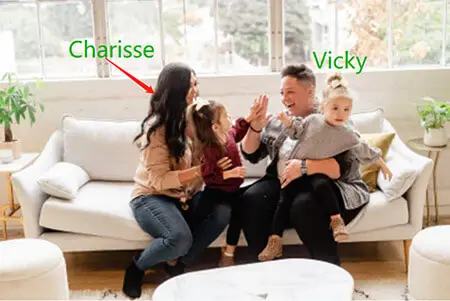
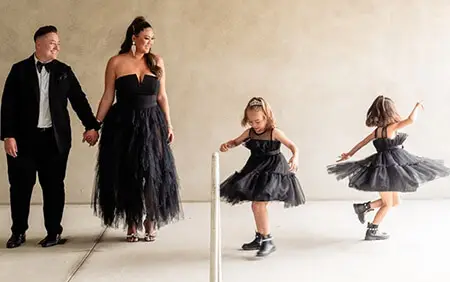
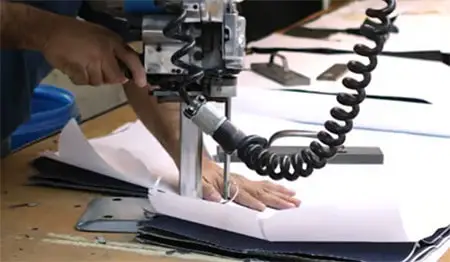
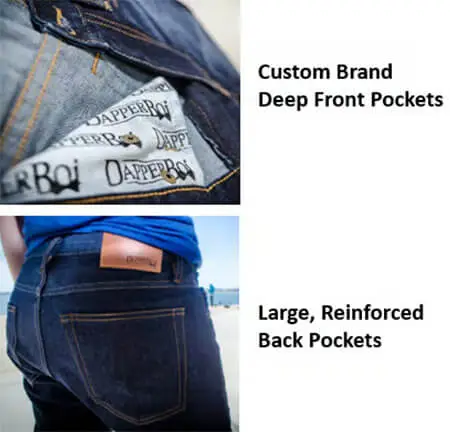
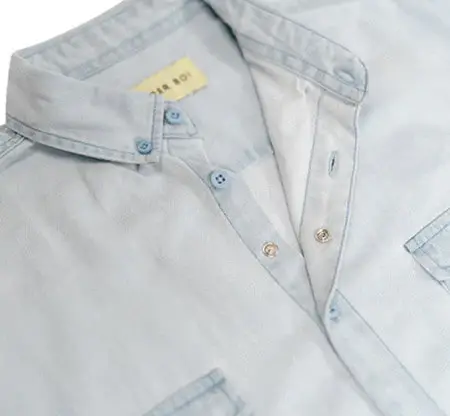

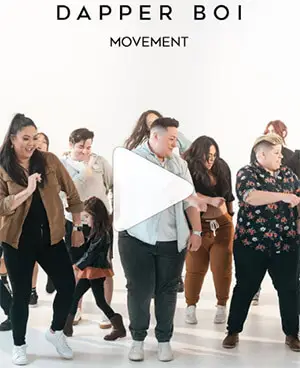

Leave A Comment